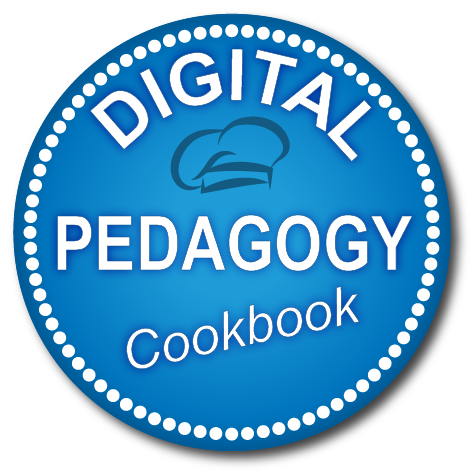Empowering Learners
One of the key strengths of digital technologies in education is their potential for supporting learner-centred pedagogic strategies and boosting the active involvement of learners in the learning process and their ownership of it. Thus, digital technologies can be used to facilitate learners’ active engagement, e.g. when exploring a topic, experimenting with different options or solutions, understanding connections, coming up with creative solutions or creating an artefact and reflecting on it.
Digital technologies can furthermore contribute to supporting classroom differentiation and personalised education by offering learning activities adapted to each individual learner’s level of competence, interests and learning needs. At the same time, however, care must be taken not to exacerbate existing inequalities (e.g. in access to digital technologies or digital skills) and to ensure accessibility for all learners, including those with special educational needs.
Empowering Learners includes the following competences:
Accessibility and inclusion (page 70 of the DigiCompEdu)
To ensure accessibility to learning resources and activities, for all learners, including those with special needs. To consider and respond to learners’ (digital) expectations, abilities, uses and misconceptions, as well as contextual, physical or cognitive constraints to their use of digital technologies.
Differentiation and personalization (page 72 of the DigiCompEdu)
To use digital technologies to address learners’ diverse learning needs, by allowing learners to advance at different levels and speeds, and to follow individual learning pathways and objectives.
Actively engaging learners (page 74 of the DigiCompEdu)
To use digital technologies to foster learners’ active and creative engagement with a subject matter. To use digital technologies within pedagogic strategies that foster learners’ transversal skills, deep thinking and creative expression. To open up learning to new, real-world contexts, which involve learners themselves in hands-on activities, scientific investigation or complex problem solving, or in other ways increase learners’ active involvement in complex subject matters.
